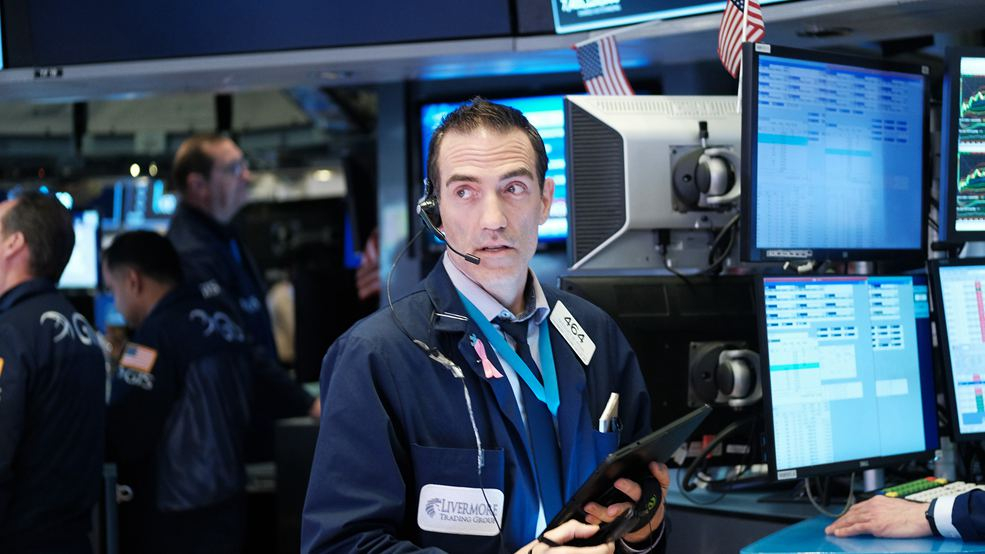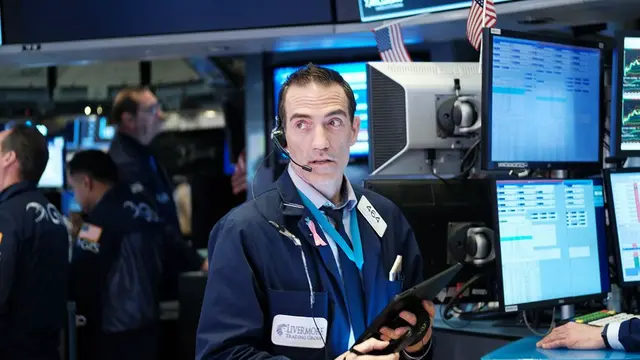
Traders work on the floor of the New York Stock Exchange (NYSE). /VCG
The main U.S. stock indexes opened higher on Tuesday, a day after their biggest drop since the 1987 crash, as efforts to contain the rapidly spreading coronavirus upended parts of the economy and dampened business sentiment.
The Dow Jones Industrial Average rose 298.53 points, or 1.48 percent, at the open to 20,487.05.
The SP 500 opened higher by 39.53 points, or 1.66 percent, at 2,425.66. The Nasdaq Composite gained 167.41 points, or 2.42 percent, to 7,072.00 at the opening bell.
After Monday's meltdown, it was another day to test the nerves. Asia's traders saw the Philippines become the first country to close its markets. Europe's watched an early rebound get wiped out as the region's battered airline and travel stocks suffered another 7 percent drubbing.
Data showed German investor morale at lows last seen in the 2008 financial crisis, and rating agency SP Global warned the inevitable global recession this year would lead to a spike in defaults.
Financial markets nosedived on Monday, with
the SP 500 tumbling 12 percent
and a fresh blizzard of emergency central bank rate cuts globally only seemed to add to investor panic.
Tuesday's stabilisation saw Australian shares close 5.9 percent higher, their biggest daily percentage gain since October 2008, after plunging nearly 10 percent on Monday.
MSCI's broadest index of Asia-Pacific shares and Japan's Nikkei both finished steady. South Korea finished down 2.4 percent, however, and there was the landmark as the Philippines became the first country to suspend all trading over the virus.
Oil fell below 30 U.S. dollars a barrel on Tuesday to its lowest since 2016 as the coronavirus pandemic hits economic growth and oil demand while Saudi Arabia and Russia battle for market share.
Countries including the United States and Canada, along with nations in Europe and Asia, are taking unprecedented steps to contain the coronavirus, curbing demand for crude and products such as gasoline and jet fuel.
Brent crude slipped 1.5 percent to 29.57 U.S. dollars a barrel at 1316 GMT, having earlier touched 29.44 U.S.dollars, the lowest since January 2016. U.S. West Texas Intermediate (WTI) crude rose 0.7 percent to 28.91 U.S.dollars.
Source(s): Reuters
 简体中文
简体中文

